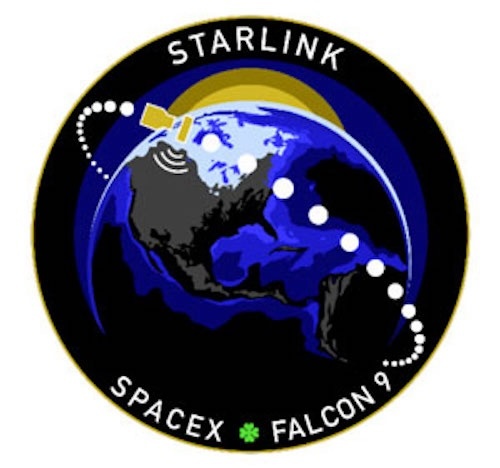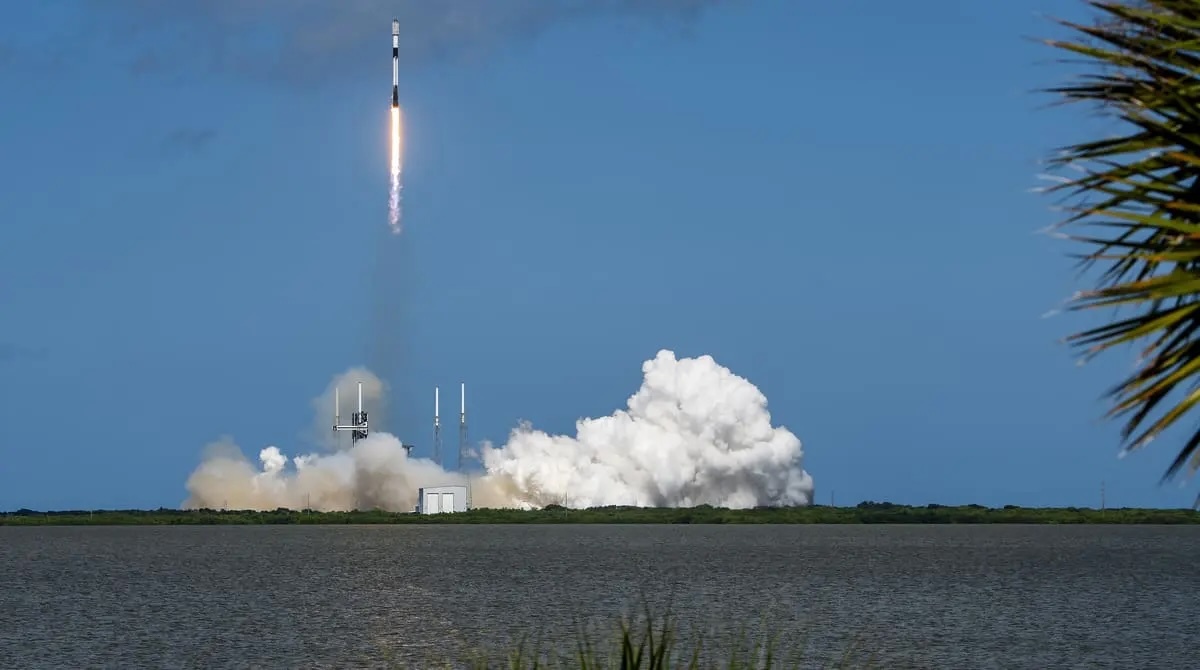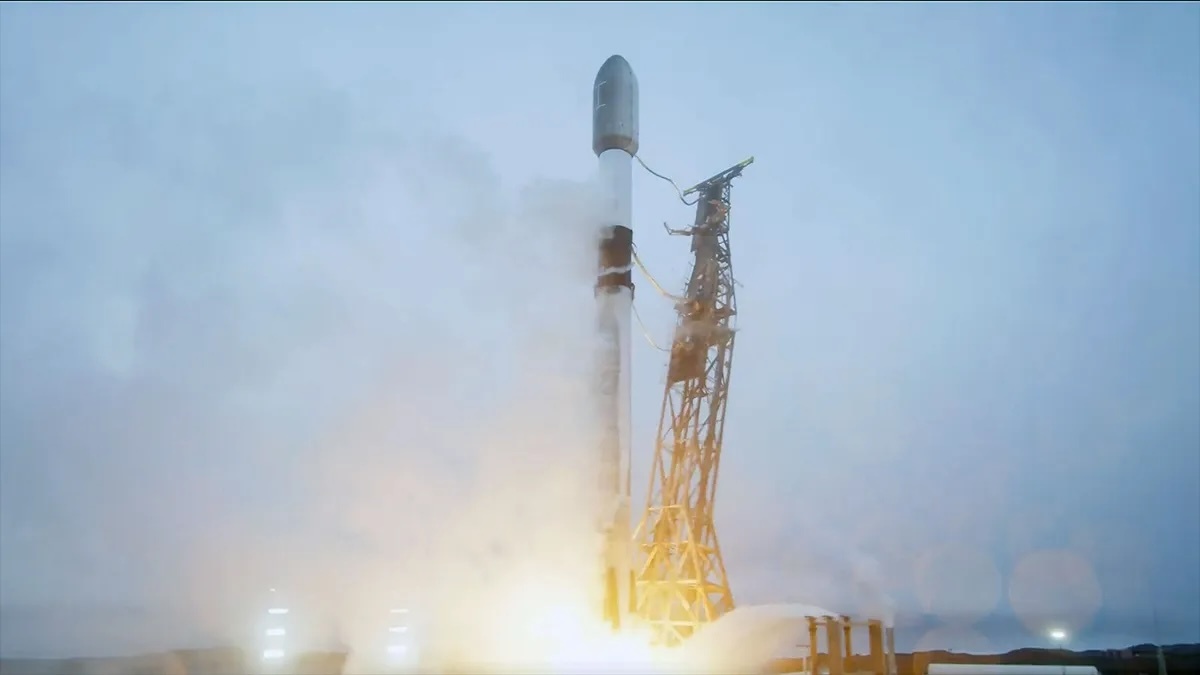25.10.2025

SpaceX Falcon 9 to Launch 28 Starlink Satellites from Vandenberg on October 25

Falcon 9 completes a double-header launch day, taking 56 @Starlink satellites to orbit from Florida and California. Image Source: X/SpaceX
SpaceX’s Falcon 9 is scheduled to launch 28 Starlink satellites to low-Earth orbit on October 25, 2025, from Vandenberg Space Force Base in California.
The launch window for Falcon 9 opens at 7 p.m. PDT from Space Launch Complex 4 East (SLC-4E).
According to SpaceX’s website, a live webcast of this mission will begin about five minutes before liftoff.
Viewers can watch the webcast on the X TV app, the SpaceX website, or SpaceX’s official X handle.
This is the 19th flight for the first-stage booster supporting this mission. Previously, it launched Crew-7, CRS-29, PACE, Transporter-10, EarthCARE, NROL-186, Transporter-13, TRACERS, NROL-48, and nine Starlink missions.
After stage separation, the first stage will land on the Of Course I Still Love You drone ship stationed in the Pacific Ocean.
This follows Edhat’s report on October 19, 2025, of a successful Falcon 9 launch from Vandenberg.
Santa Barbara Residents Likely to Hear Sonic Booms
According to the SpaceX website, residents across Santa Barbara, San Luis Obispo, and Ventura counties may hear one or more sonic booms during the launch, depending on weather and other conditions.
A sonic boom is a short, thunder-like sound produced when a rocket exceeds the speed of sound.
About Falcon 9
Falcon 9 is a two-stage, reusable rocket built by SpaceX to carry people and cargo into Earth orbit and beyond.
As the world’s first orbital-class reusable rocket, Falcon 9 can fly its main components multiple times, reducing the price of accessing space.
Understanding Starlink’s Satellite Network
Starlink is considered to be the world’s most advanced satellite constellation. It leverages a low Earth orbit to provide broadband internet for streaming, online gaming, and video calls.
These satellites are being constantly updated with the latest technology.
Starlink connects rural and remote communities that lack traditional broadband infrastructure, such as fiber-optic networks. The system provides global internet access through a constantly updated LEO satellite network.
Designed for high-speed communication, Starlink’s mini lasers can achieve 25 Gbps links up to 4,000 km and even higher speeds over shorter distances.
Emergency and military applications
Disaster relief: Starlink can be rapidly deployed to establish vital communication links for first responders and communities impacted by natural disasters.
Military communication: It provides military forces with a reliable means to communicate and allows command and control operations to be coordinated efficiently.
Quelle: edhat santa barbara
----
Update: 26.10.2025
.
SpaceX launches Starlink satellites on its record 135th orbital mission of the year

